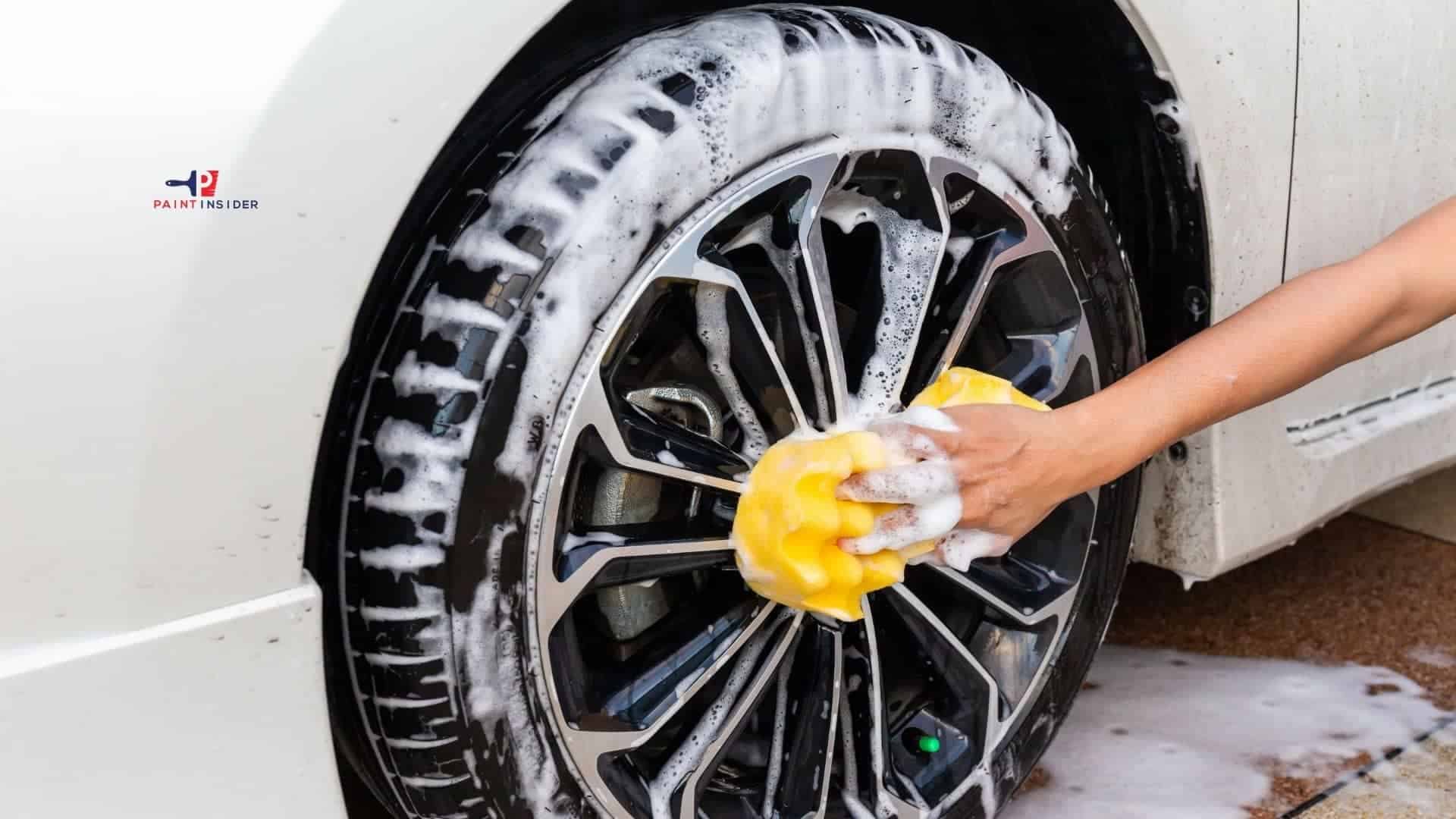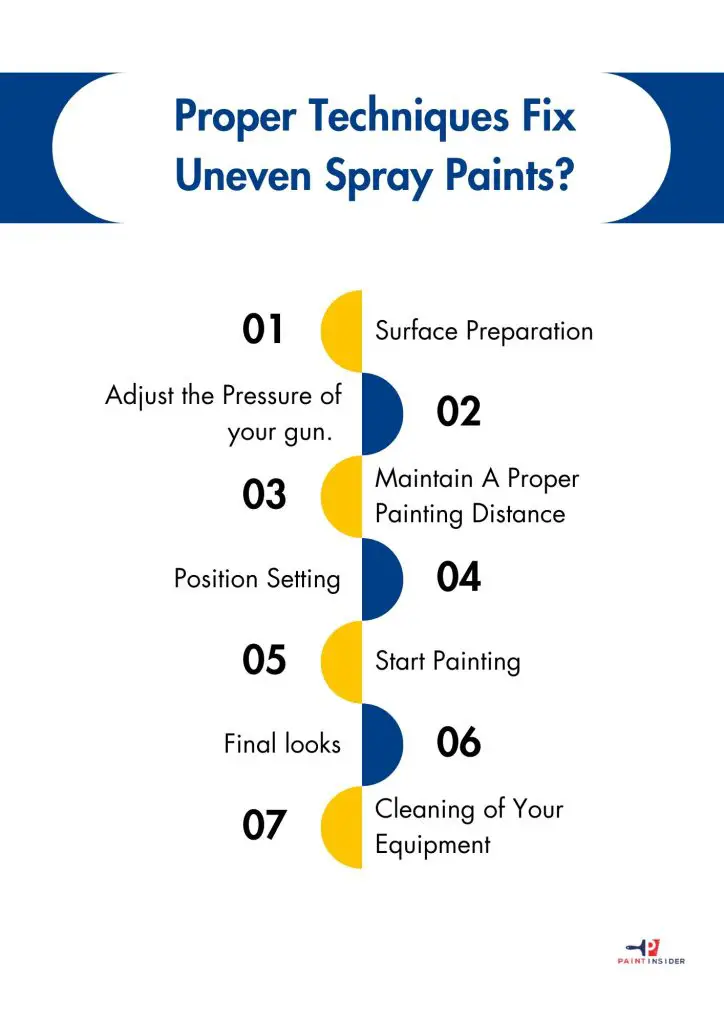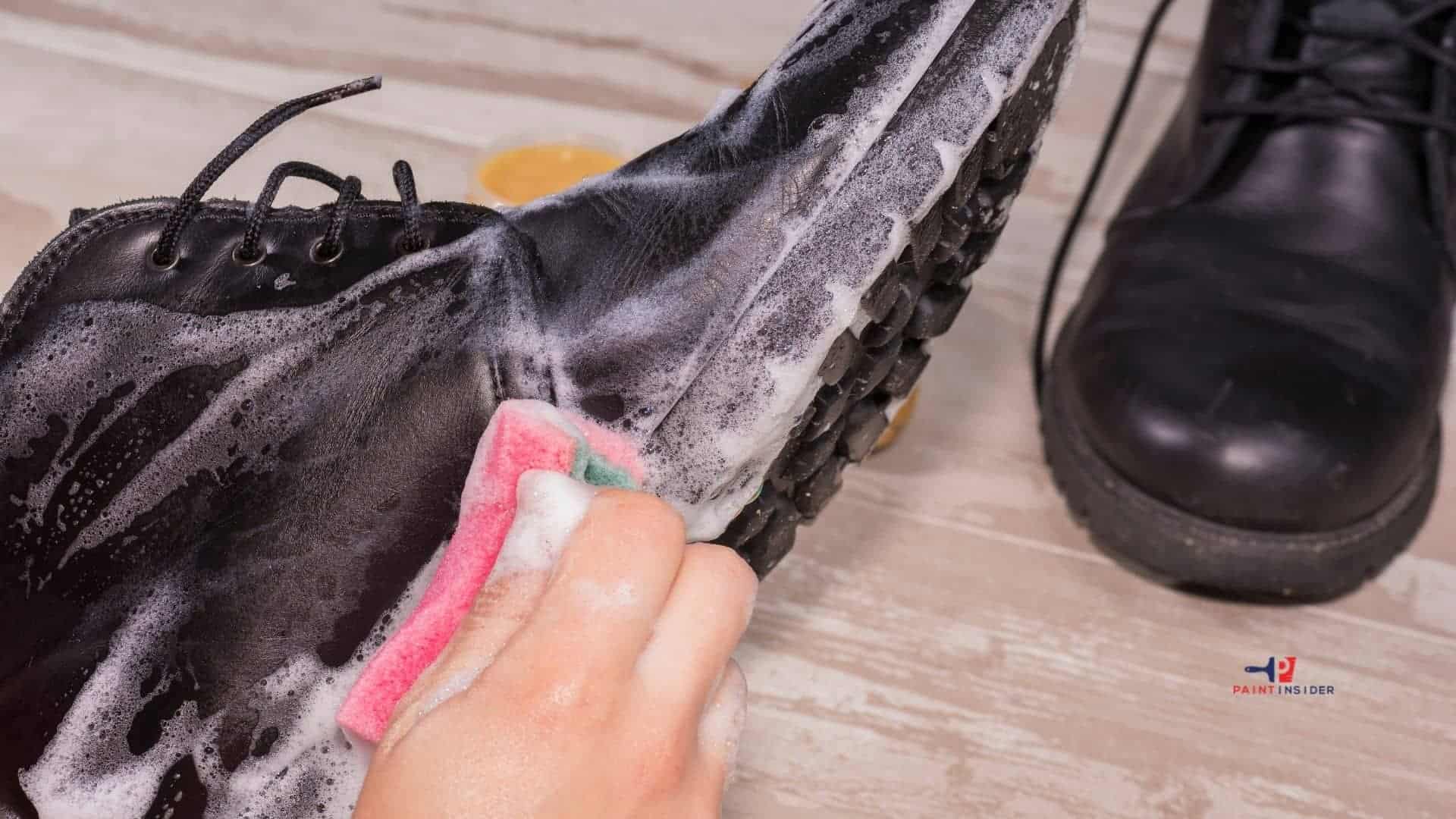Making polymer clay stronger is a common issue for crafters. So the often asked common question is how to make polymer clay stronger. Proper baking with the right temperature and time makes the clay strong even after so long.
Nowadays, polymer clay is preferable to crafters for its amazing crafting features. However, though it looks simple and easy to use, your project can ruin by not making the clay stronger. So, as a clay crafter you should learn how to make polymer clay stronger.
Polymer clay becomes stronger only by proper baking and balancing. For baking, you must maintain the right temperature while giving the heat. Besides, sometimes the material quality will become another issue. That’s why working with an accurate understanding of the ingredients is essential.

In this context, I will share the experiences of all types of polymer clays I learn in my crafting journey. Moreover, I have kept some do’s and don’ts for you while crafting with polymer clay. Finally, you will get some reward with my additional tips and tricks about this fabulous crafting product.
7 Easy Steps To Make Polymer Clay Stronger:
Generally, the main ingredient of polymer clay is a plastic material. And this material is known as Poly Vinyl Chloride (PVC). However, some different types of clay use different kinds of material. These crafting products are elastic-based and soft stuff. That’s why you must first make the clay stronger to get the solid designs.
Step-1: Make Your Workstation Cool Down
Polymer clays are quite picky. You can’t work with it if the cured clay starts melting. Again, when the baked clay melts, it becomes sticky and unsuitable for making original Sculpey. A little temperature difference can make your clay craft a big issue! That’s why you have to maintain the temperature strictly.
So, at the very beginning, make sure your workstation becomes cool. And you have to keep this temperature till the end of your work. Polymer clay can absorb the temperature quickly. Also, it can melt and spoil under the sun’s rays easily. That’s why to keep your work station away from the sun rays.
Step-2: Let Your Hand And Clay Stuff Cool
Before starting your baking, it is essential to keep both hands cool and dry. As the clay products are experts in heat absorption, you must keep all the stuff cool that remains directly in touch with the clays. Also, after every touch, you should check whether your hands are cool.
Besides, your clay products may become hot after buying from the craft shop. This extra heat can make your clay sticky. So, before you start the baking, make the clay stuff cool. You can keep the clay stuff in the cool place like fridge for a few minutes. Even you can try this trick whenever the clay becomes sticky. Moreover, the air inside the stuff can also remove by cooling the clay cutter.
Step-3: Follow The Product Instructions
Many different brands offer polymer clay. Each brand uses some particular ingredients and formulas with the base for making polymer clay. That’s why all the brands recommend specific temperatures and other baking instructions. Moreover, these instructions will help you get the strongest polymer clay for your craft project.
The product package provides all the instructions about using the clay. Before starting work, read out the whole instructions and baking process carefully. It will help you to set the right baking temperature and time. So, know well about your product at first and start your project!
Step-4: Right Types Of Ovens For Baking Polymer Clay
As polymer clay is sensitive, it becomes tough to make it stronger if you don’t choose the right baking equipment. And in this situation, ovens are the only easiest solution. You can use a regular and convection oven for baking the clay. Even regular toaster ovens are also suitable for polymer clay baking.
It would help if you used an oven thermometer in a regular and convection oven. After preheating, it will inform you if the environment is ready or not for baking. By applying this method, you can prevent burning. Besides, the convection oven has an automated fan that can maintain the heat in a great way. So, use these ovens for baking your clay.
Step-5: Prepare The Baking Tray And Preheat
Preparing the baking tray is a significant consideration for making the clay stronger. You must not use the empty baking tray for baking. You can use foil paper and parchment paper to cover the baking tray. Moreover, if needed, you should use the foil paper over the clay stuff to prevent the over burning.
Though both types of paper similarly serve you, foil paper may leave curve marks as the paper surface is a pretty curve. That’s why in this case, you should use parchment paper to avoid any marks after baking. When the tray sets, start the oven to give preheat. This preheating will give your clay the finest baking and strong structure.
Step-6: Set The Accurate Baking Temperature And Time
Accurate baking temperature and time are the most important for making the clay stuff strong. Again, the appropriate baking temperature can protect the creative paper clay from overburning and discoloring issues. So, you have to set the baking temperature according to your clay brand.
Many clay crafters think a long baking period will strengthen and strengthen the structure. However, this is a bad idea to bake the clay products for a long. It can make the structure fragile and unable to make designs. Also, the surface may lose its accurate color. That’s why baking the clay according to the package instruction will be the best decision.
Step-7: Left The Clay In Normal Temperature
After completing the baking, bring out the baking tray and leave it at normal temperature to become cool. This part is quite essential for crafters to get the final finishing. The clay can break down by outside force when you bring out the clay. That’s why never touch hot clay after baking in an oven.
Moreover, this situation can make your clay sticky and dull. So, let the clay become cool and dry for a while. After that, this polymer structure becomes so strong and suitable for making any design over it.
Reasons For Breaking Polymer Clay:
Polymer clay is a fragile compound. That’s why you must handle this sensitive element with huge care as a crafter. Over baking, inappropriate temperature, and many other issues can cause breaking polymer clay. However, if you want to keep your clay stuff strong, try to avoid the reasons for breaking polymer clay.
1. Over baking:
Over baking can lead your clay stuff to break. The proper temperature will give the material a strong structure. Meanwhile, the high temperature or over-baking spoils the strength inside the material. And this makes the clay fragile and dull.
2. Low Baking:
The clay remains humid and dull if you don’t bake the project at the right temperature. Also, the air stays inside the compound, making the stuff more sticky and brittle. That’s why low baking should avoid while getting a perfect structure of polymer clay.
3. High Or Less Baking Time:
Many crafters want to bake the project for a long to get more strong structure. However, this is the wrong idea. High baking time makes the compound dry and becomes fragile after cooling. Similarly, less baking time absorbs the humidity and breaks the structure.
4. Get In Touch With Sun Rays:
Sun rays are the biggest enemy of polymer clay. It can break down the compound and make the clay sticky and fragile. Moreover, some clay brands can melt by getting in touch with sun rays. That’s why, before baking, keep the clay far from the sun’s rays.
5. Thickness:
Sometimes the clay shapes become thinner. This thin compound can’t tolerate any outside force and heat. Also, thin shapes are not suitable for making different designs. That’s why it should have a suitable density to prevent sudden breakage.
Things That Should Avoid While Making Polymer Clay:
As a crafter, there are many things to know that you should avoid while doing dye projects with polymer clay. The wrong procedure can damage the clay compound. So, if you are a beginner-level crafter, you should remember this prohibited stuff.
- To make a thin shape design, never use soft-structured polymer clay. It breaks immediately and spoils your project.
- Never leave the clay after baking only one side. Always try to bake the two sides equally for a clay baking.
- After using nail polish as clay glazer may become dangerous for the compound. That’s why to use clay sealer alternative to nail polish.
- Avoid using the spray varnish on polymer clay. A spray sealer can fill your necessity to make your clay surface glossy.
- Never use low-quality glue on the clay. It can harm the joints of the design.
- After using the compound, store it in the right plastic pot. Wrong plastic can harm the color and material.
Additional Tips:
Now, it’s time to give the additional tips I mentioned before. These tips are highly effective and can reduce many issues in clay crafting. Moreover, to make your clay crafting project successful, you should follow these tips on your working days.
- Tip-1: Make a loop in the eyepin before embedding it inside the raw clay. It prevents the eyepin from coming out after baking.
- Tip-2: Before touching the clays with your hand, ensure your hands are clean and dry. Otherwise, the clay color may damage.
- Tip-3: Never use a microwave oven for baking polymer clay. It is because this type of oven can’t maintain the temperature.
- Tip-4: Keep the baking tray in the middle of the oven while baking. It bakes all the sides of the clay.
- Tip-5: When the clay becomes too sticky, use old polymer clays to remove the stickiness.
- Tip-6: If your design contains a lot of metal wires, keep the clay at normal temperature after baking. The metal wires are set with the clay permanently.
Frequently Asked Questions (FAQs):
1. Why Is My Polymer Clay Still Soft After Baking?
Answer: Your polymer clay can remain soft after baking if you don’t follow the proper method. The clay compound can’t bake properly when your baking temperature remains too low. Besides, baking for less time will be another reason to remain soft after baking.
2. What Happens If You Over Bake Polymer Clay?
Answer: Over-baking can create bubbles and dark spots over the clay. Moreover, if you overbake the polymer clay, it breaks while making designs. In this situation, bake the clay stuff for 15 minutes at 275 degrees Fahrenheit and apply a new layer over it. After that, re-bake the clay compound at the same temperature and time.
3. How Do You Make A Polymer Clay Ring Stronger?
Answer: Polymer clay ring is quite thin than other ornaments. So, your clay ring can break even after one time using. Proper baking makes the polymer clay stronger. For this, you have to bake at the right temperature and time. Moreover, to make a polymer clay ring, you should use good-quality clays.
4. What Is The Strongest Polymer Clay?
Answer: There are so many brands that offer strong polymer clay. However, though super Sculpey clay is the most popular brand for polymer clay users, Cernit is the best for offering the strongest polymer clay to crafters.
5. Will Polymer Clay Break If Dropped?
Answer: Polymer clay is a fragile and sensitive compound. However, this compound becomes hard only after a proper baking procedure. It can break if the stuff falls apart or drops down from a higher area. Even clay can break in the cooling period after baking.
6. How Strong Is Polymer Clay?
Answer: Some polymer clay brands offer stronger compounds. Even some brands are so strong that you can’t break or harm the clay using only your hands. However, these brands bake the compound properly and make the clay thick up to 1.5 mm.
7. Can You Harden Polymer Clay With A Hair Dryer?
Answer: If you don’t have an oven or can’t bake the clay in the oven, you can use a heat gun like a hair dryer. These tools can give you perfect baking without using a particular temperature. Also, you can bake all over the compound according to your need.
Final Verdict:
Polymer clay is the best for craft lovers and dye projects. Clay ornaments have become more popular. However, to make any designs, you must first give the clay compound a perfect form. Otherwise, you can’t work through your project successfully.
That’s why as a crafter you should learn how to make polymer clay stronger correctly. By applying the proper method, you will be able to prevent burning and other severe issues quickly.
Meta:
How to make polymer clay stronger is a common issue for crafters. Proper baking with the right temperature and time makes the clay strong even after so long.












